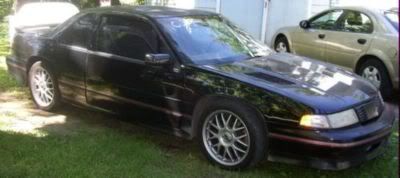I spun a rod bearing ?? I race a 3.4L Camaro engine in SCCA GT2 Fiero. After just two 30min races the rod bearing spun and broke the con rod. Lots of damage.
Before I invest again in more parts what kind of rpm can these engines take for racing. I was using a 7000rpm limiter.
The crank is cross drilled, con rods are 4340 H beam, pistons are forged ROSS. High vol oil pump. Data acq showed oil pressure was at 70PSI with no issues. Main bearings with upr grooved. Block trued, all arp bolts. 2 of the other rod bearing showed signs of lack of oil.
Just wondering if these bottom ends can take 7000rpm in racing conditions? If so is there anything else I should be doing?
thanks
Gordon
Before I invest again in more parts what kind of rpm can these engines take for racing. I was using a 7000rpm limiter.
The crank is cross drilled, con rods are 4340 H beam, pistons are forged ROSS. High vol oil pump. Data acq showed oil pressure was at 70PSI with no issues. Main bearings with upr grooved. Block trued, all arp bolts. 2 of the other rod bearing showed signs of lack of oil.
Just wondering if these bottom ends can take 7000rpm in racing conditions? If so is there anything else I should be doing?
thanks
Gordon





Comment